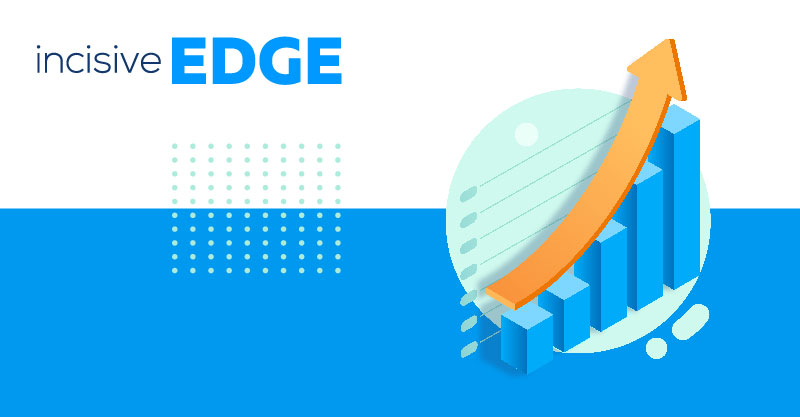Do you associate content marketing just with blogging?
Do you consider it a strategy to only attract people who have never heard of your product before?
If you do, then you are missing out on nurturing potential customers.
There’s much more to content than just attracting and converting web traffic.
In fact, creating content targeting EVERY stage of the buying cycle will help you boost conversions and sales.
|
And in this post, we’ll show you exactly how to do it. |
You’ll learn what content you should create for every stage of the SaaS buyer’s journey.
Intrigued? Then let’s get started.
What is SaaS buyers journey
At the very top of the marketing funnel, the buyer recognizes a challenge or problem they're facing and decides to find a solution. The prospect now begins to explore their problem, and takes the first step toward understanding how to solve it.
How Users Buy SaaS Products
You know:
The SaaS buying cycle is ridiculously short.
(Apart from the enterprise sales, of course but we’ll leave that out for now.)
When selecting a potential solution for their business, SaaS buyers typically go through 3 phases:
- Awareness
- Consideration
- Purchase

In the first stage, they focus on understanding their problem, and in the process, become aware of your product. These users typically constitute the Top of the Funnel.
At the second stage, they evaluate potential solutions. They’ll review your features but also, try to learn more about your company, processes, etc. to justify their decision to buy from you. This is the Middle of the Funnel stage.
And finally, in the third stage, they sign up for the trial and become users. That’s when users reach the Bottom of the Sales Funnel.
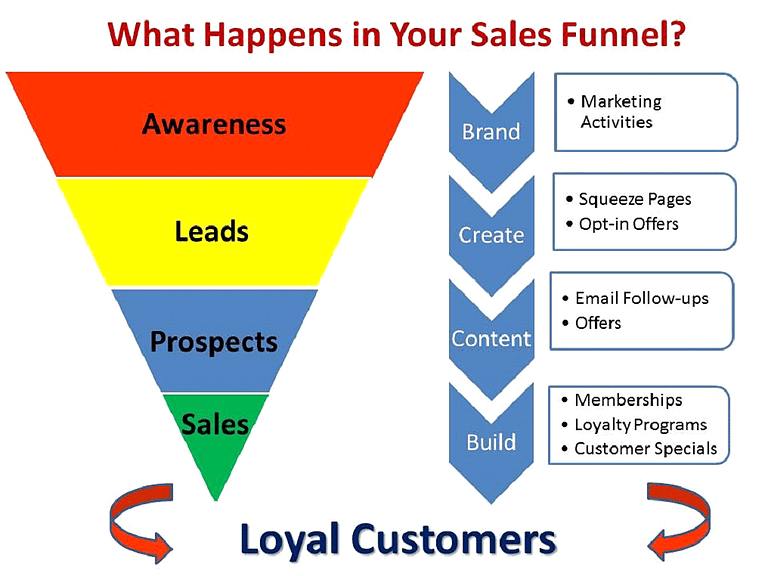
And they often complete the entire process in a matter of a day or shorter.
As Peter Cohen points (quoted via Kissmetrics):
“When [SaaS customers] need a solution, they do some online research, maybe ask a colleague, try the solution or watch a demo, and then buy.
The whole process might take a few days, maybe a few hours. There’s no long, drawn out sales engagements, RFIs and RFPs, head-to-head “bake-offs,” contract negotiations, blah, blah, blah. Customers find it, they see it, they like it, they buy it. Done.”
In short, users could find about your product through a blog post they discovered when Googling their problem. Then, they could research your site for more information a while later, and complete the sign-up process before the end of the day.
Nonetheless, they’ll seek out and consume relevant content at EVERY stage of the process.
Users at the Awareness stage focus primarily on learning more about their problem. They’re not interested in your product yet, but want to find out why they experience a particular pain point (and if they could eliminate it somehow).
And so, they’ll look for content that could educate them and answer their specific questions.
Buyers at the Consideration stage have already learned a lot about their problem. They’ve also discovered some potential solutions and are now evaluating which one would be the best for their needs.
And so, they’ll need to see content that will position your product as the best solution to their problems and needs.
Finally, customers at the Purchase stage know what they want. They’re looking for information on your support, implementation, preparation, features, and costs to confirm their decision to sign up.
The objective of content targeting this group of buyers is to provide final reasons to sign up for the trial account.
To reiterate:
| Buying Cycle Stage | Objectives | Content Needs |
| Awareness | Learn more about the problem | Educate and answer the target audience's specific questions |
| Consideration | Evaluate potential solutions | Position your product as the best option on the market |
| Purchase | Information on installation, implementation, support | Provide final reasons for signing up |
AAA
So, What Content Types Map to Each Stage of the Buying Cycle?
1. The Awareness Stage
Here’s the most important thing to remember about content positioned at the top of the funnel:
Under no circumstances, should this content promote your product or try to move a person directly to signing up.
Since your goal is to position your product for people who are only interested in learning about their problem, your content should:
- Answer your target audience’s questions relating to the problem your product helps them overcome
- Guide them through different ways to overcome it
- Point them to additional educational resources
And the best content types to achieve this result include:
Blog posts – guides, tutorials, how-to’s, problem explanations can help you attract customers who need to discover more about their pain points.
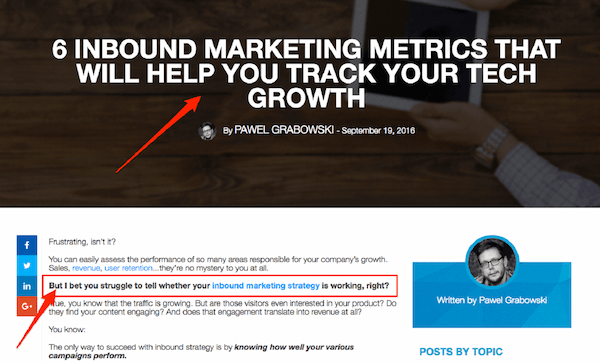
Infographics –Web users have become more interested in consuming information fast. And what content type allows you to present even complex data in a visual way than an infographic?
Not to mention that infographics often go viral and help promote your brand beyond just your blog.
Example, the state of SaaS infographic by Staff.com.
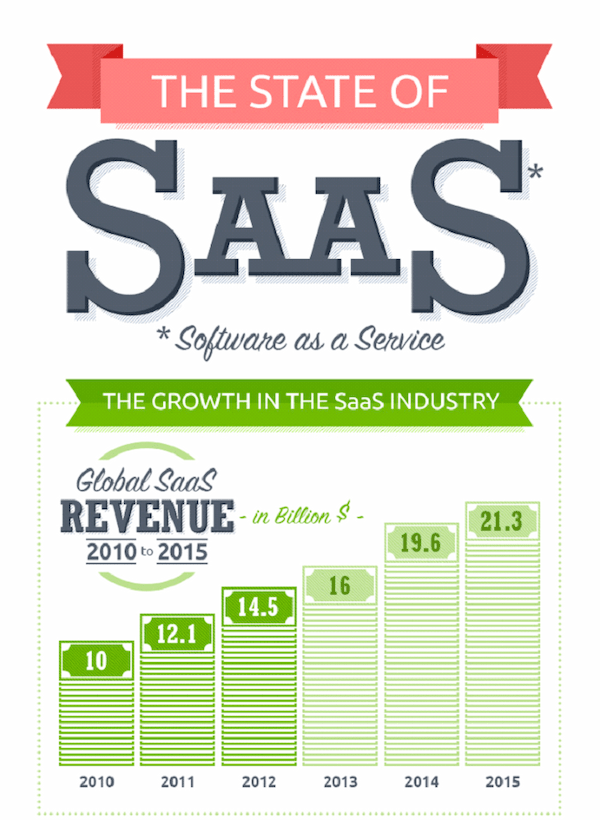
Videos – Did you know that we watch 4 billion videos on YouTube each day, and twice as many on Facebook? It comes as no surprise that video has become one of the most engaging content type.
Moz is a great example of a company that understood the power of video in attracting top of the funnel audience. The company’s been posting Whiteboard Friday videos for years now, educating their potential users about key aspects of SEO.
2. The Consideration Stage
Content targeted at potential users at this stage should first and foremost position your product as the solution to their needs and highlight the benefits of signing up.
And you can achieve that by creating the following content types:
Testimonials and Case Studies – Both content types will help you provide social proof many buyers will use as a confirmation of your value.
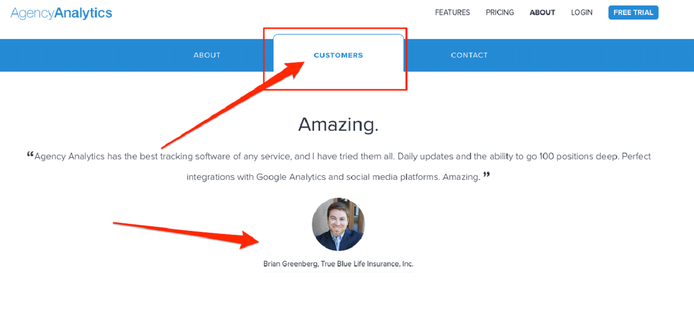
Explainer Videos – These short videos, typically posted on the home page help explain your product and the value it provides to visitors.
And the main benefit of using them is that they grab visitors’ attention, and communicate why they should sign up for your ad much better than text.
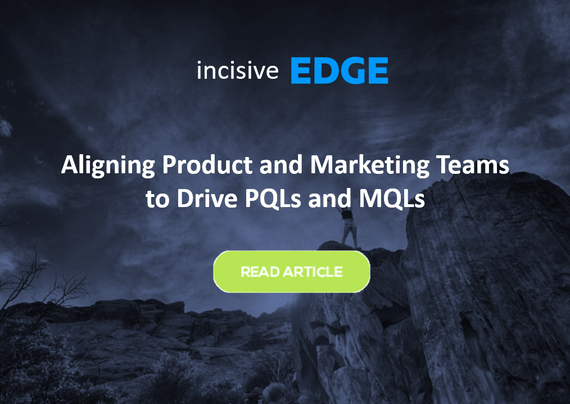
Product Walkthroughs – Sometimes the best way to explain the value of your product is by showing them how they could solve their problem with your product.
Beacon, for example, uses this strategy by creating walkthrough videos showing website visitors how to use their product to achieve specific benefits.
3. The Purchase Stage
Finally, this content should help potential users make the decision to sign up. It should reiterate all the key selling points, help them get started using the product and reassure them of your support, in case if they needed help.
At minimum you should create the following content assets for this group of buyers:
Demo signup landing page – Depending on the complexity of your product, and your price level, many users might want to see it in action before committing to using it.
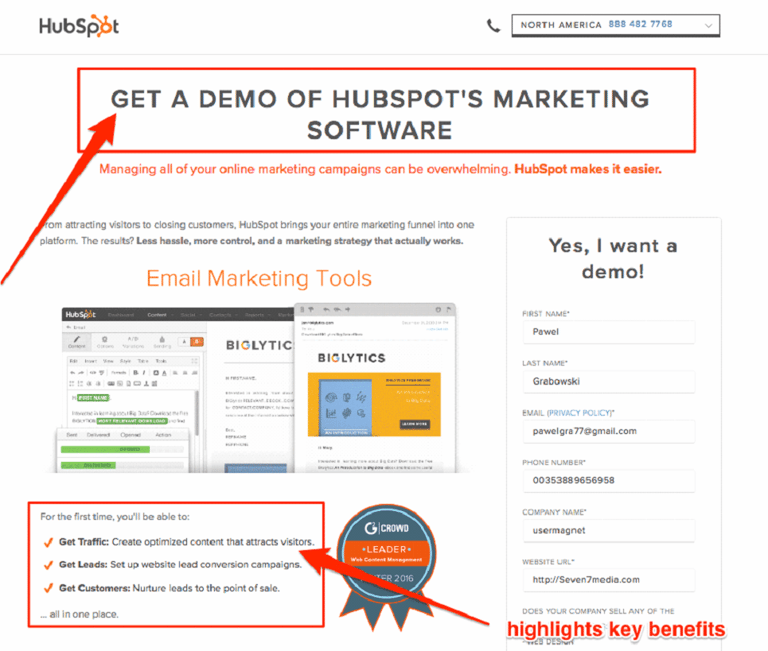
Knowledge Base – 70% of buyers expect a company’s website to offer a self-help section. They don’t want to talk to a sales person but find answers to their questions themselves.
The knowledge base section should include information about getting started using your product, integration or technical requirements, and answer the most common questions users ask you.
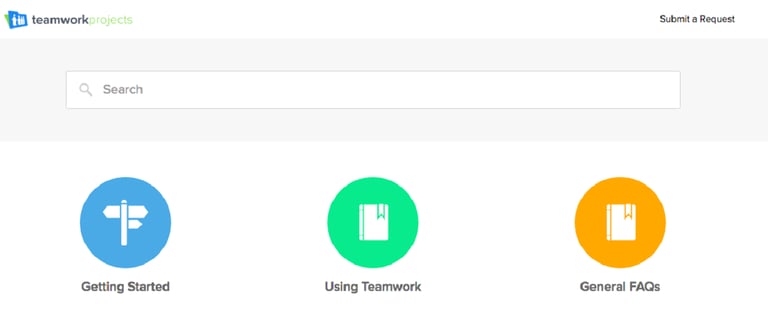
Conclusion
Fact: there’s more to content marketing than just blogging.
In fact, to boost conversions and sales, you should create content for EVERY stage of the SaaS buyer’s journey.
And hopefully you now know the exact content types to create to target every stage of the SaaS buyer’s journey.









